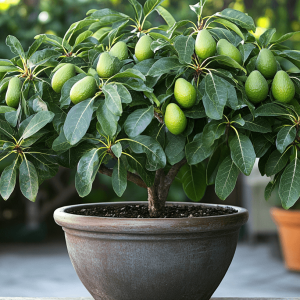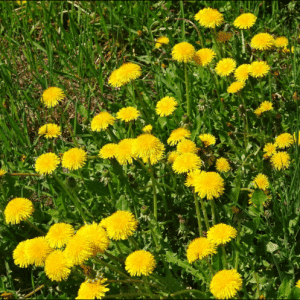
Avocado trees are not only a delicious source of nutrient-rich fruits but also a joy to cultivate. While growing avocado trees from seeds is a common method, you can also multiply them from leaves, providing an alternative and fascinating approach to expanding your avocado orchard. Here’s a detailed guide on how to successfully multiply avocado trees from leaves:
Materials Needed:
- Healthy avocado leaves (fresh and disease-free)
- Rooting hormone (optional)
- Small pots or containers
- Well-draining potting mix
- Clear plastic bags or plastic wrap
- Rubber bands or twine
- Watering can or mist spray bottle
Steps:
1. Select Healthy Leaves:
- Choose mature, healthy avocado leaves from a well-established avocado tree. Ensure the leaves are free from diseases or pests.
2. Prepare the Leaves:
- Trim the avocado leaves, making clean cuts at the base, leaving a small section of the stem attached to each leaf.
3. Apply Rooting Hormone (Optional):
- Dip the cut end of each avocado leaf in rooting hormone if available. While this step is optional, it can enhance the chances of successful root development.
4. Fill Pots with Potting Mix:
- Fill small pots or containers with a well-draining potting mix. Moisten the mix slightly.
5. Plant the Leaves:
- Insert the cut end of each avocado leaf into the potting mix, burying the base of the stem. Ensure the leaf is planted at a slight angle to encourage root growth.
6. Create a Mini Greenhouse:
- Cover each pot with a clear plastic bag or plastic wrap to create a mini greenhouse effect. This helps maintain humidity around the leaves.
7. Secure with Rubber Bands or Twine:
- Secure the plastic covering around each pot using rubber bands or twine. This ensures a snug fit and helps retain moisture.
8. Provide Indirect Light:
- Place the pots in a location with indirect sunlight. Avoid exposing the avocado leaves to direct sunlight, as they are sensitive during the rooting process.
9. Maintain Moisture:
- Keep the potting mix consistently moist but not waterlogged. Use a mist spray bottle or watering can with a gentle shower setting to water the leaves.
10. Monitor and Transplant:
- Monitor the avocado leaves for signs of new growth and root development. Once roots are well-established, typically after a few weeks to a couple of months, you can transplant them into larger pots or directly into the garden.
Benefits of Multiplying Avocado Trees from Leaves:
- Genetic Continuity: This method allows you to propagate avocado trees with the same genetic makeup as the parent tree.
- Faster Growth: Avocado trees grown from leaves may establish roots more quickly than those grown from seeds.
Conclusion:
Multiplying avocado trees from leaves is a fascinating and rewarding process. By following these steps and providing the right care, you can create new avocado plants that may one day yield delicious fruits. Happy growing! 🥑🌱✨






